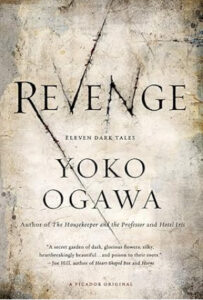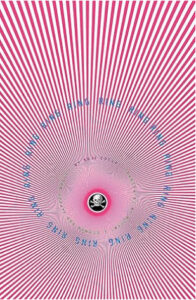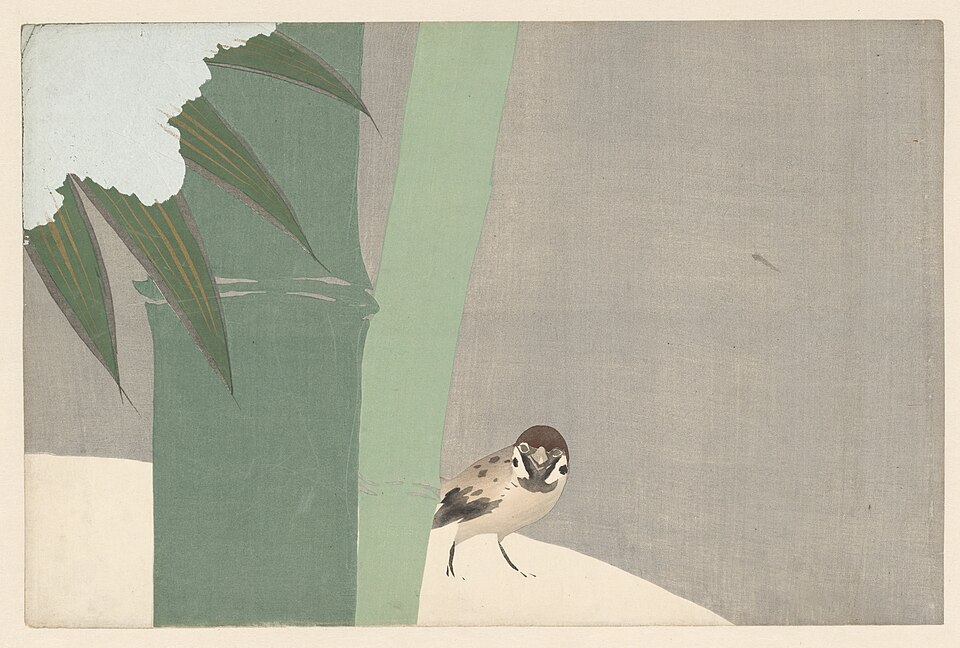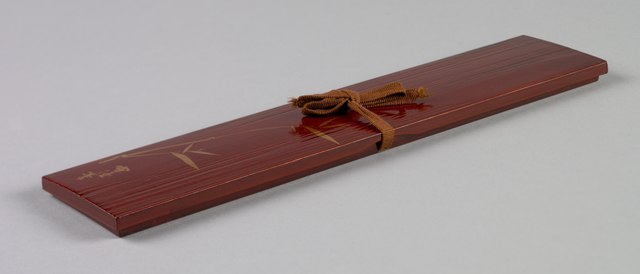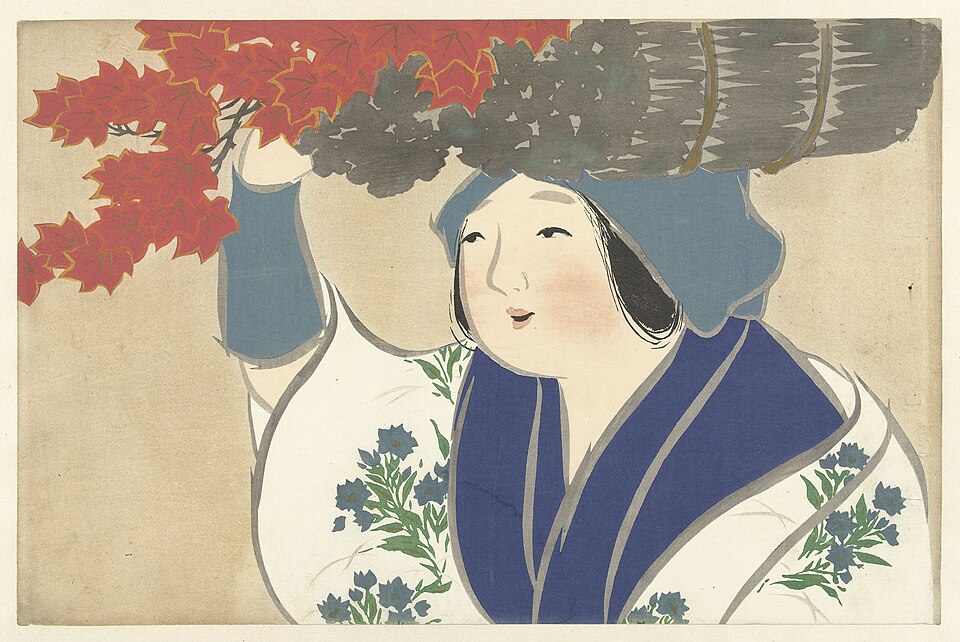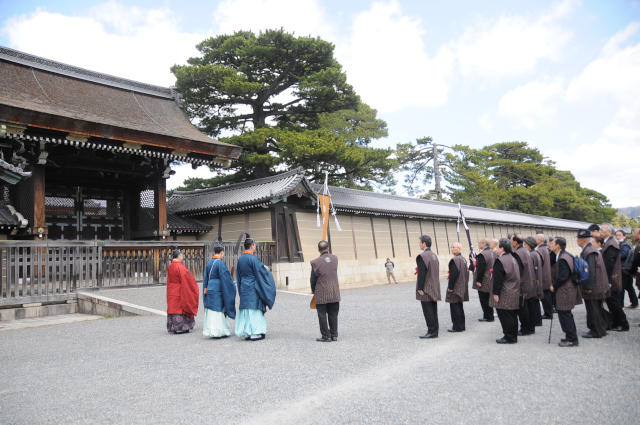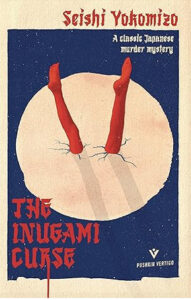To complement last Wednesday’s post, let’s talk about another ubiquitous Japanese summer accessory: Handheld fans.
The first use of hand fans can be traced back 4000 years to Ancient Egypt; already Tutankhamun cooled himself with those – or rather, had slaves who thus laboured for him.
In China, fans were invented around the 8th century BC, and from there, they eventually made it to Japan. Old tomb paintings from the 6th century AD count as the oldest depictions of fans in Japan currently known, but it’s conceivable that they were used much earlier.
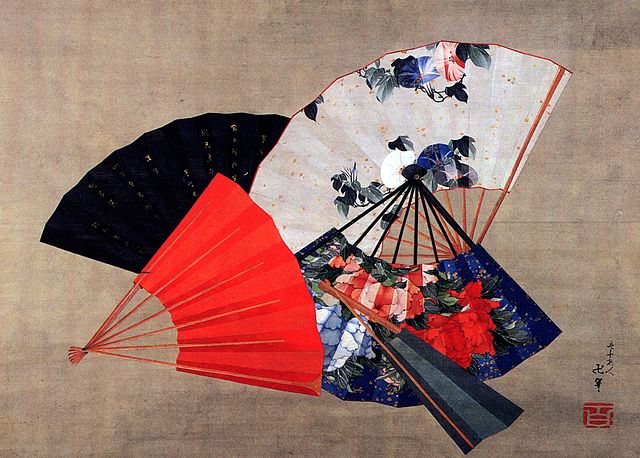
At that time, all fans were rigid ones, nowadays known as uchiwa. Just like today, they were often made from silk or paper and became lavishly decorated. Nowadays, people wearing kimono stick their uchiwa into the back of their obi when they need their hands free. This makes these fans very popular with advertisers; sadly, these versions are usually made of cheap plastic.
Trust the Japanese to take a foreign concept and improve upon it: The folding fan is a truly Japanese invention. Some time between the 6th and 9th century, the so-called akomeogi was created by tying thin strips of wood together. These fans could be quite large – about 30 cm in length – and were intended for ladies of the court. The number of blades an akomeogi could have was dictated by the rank of its owner, and soon, sumptuary laws had to be passed to curb excessive decorations.
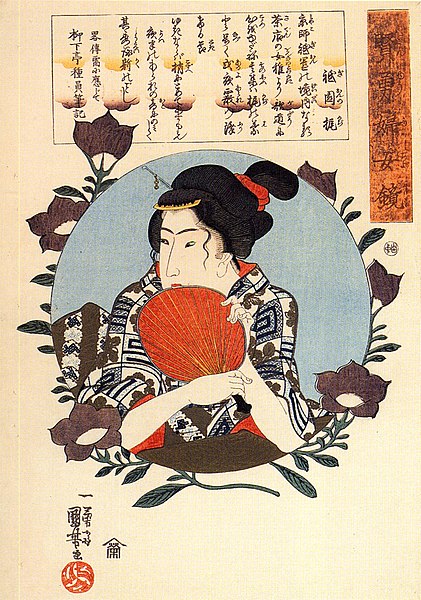
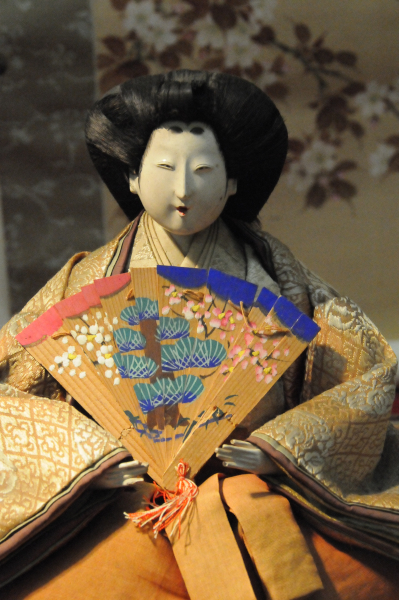
In the 16th century, sensu folding fans were introduced to Europe by Portuguese merchants, and while they were seen as a must-have fashion accessory for a long time, their popularity has declined greatly in the West.
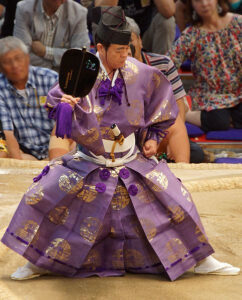
However, hand fans were always more than just fashionable accessories to keep cool. In fact, the heavy akomeogi were rather unfit for that particular purpose. Instead, they helped their owner to hide from unwanted advances – or to send encouraging messages to more appreciated recipients. From the beginning, fans also had ritualistic uses in shinto ceremonies. One of these has been handed down (no pun intended) through gunbai – a military leader’s signal fan – all the way to modern sumo referees.
Speaking of ritualistic use, I must mention tea ceremony, of course. The tiny sensu there are never opened, yet are important in demarcating one’s space at various times during the ceremony.
And then are all the traditional Japanese performing arts where folding fans play a leading role. From noh and kabuki to Japanese kyomai dance they convey formalized emotions. In rakugo they are the only prop besides tenugui towels, and the harisen, a giant paper fan, is made only to hit people with in manzai comedy.
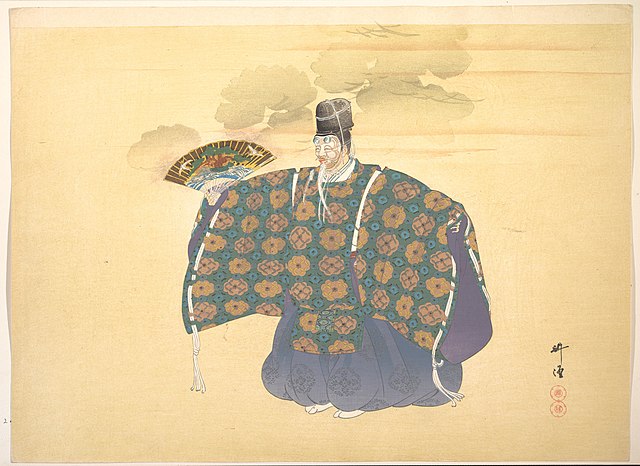
As I said above, hand fans are still an important accessory here in Japan. Sensu from fabric or paper come in thousands of different designs and make for perfect souvenirs. Fans entirely from bamboo create a lovely sound when used, and the large fans used in Japanese noh turn into decorative items. Whatever you go for, whatever you do with your fan – the choice is yours.

